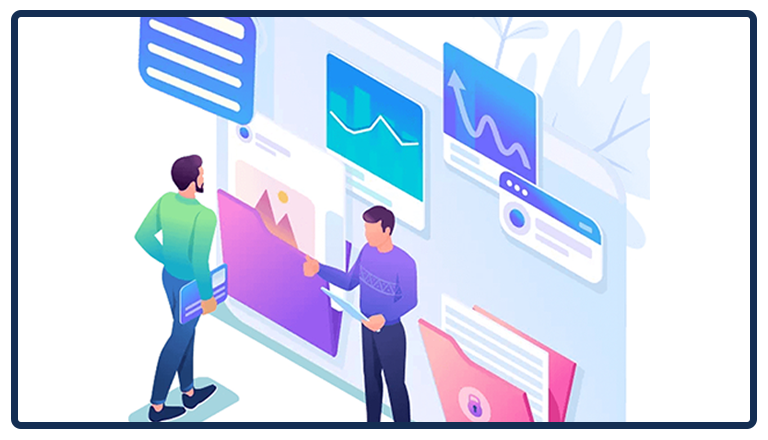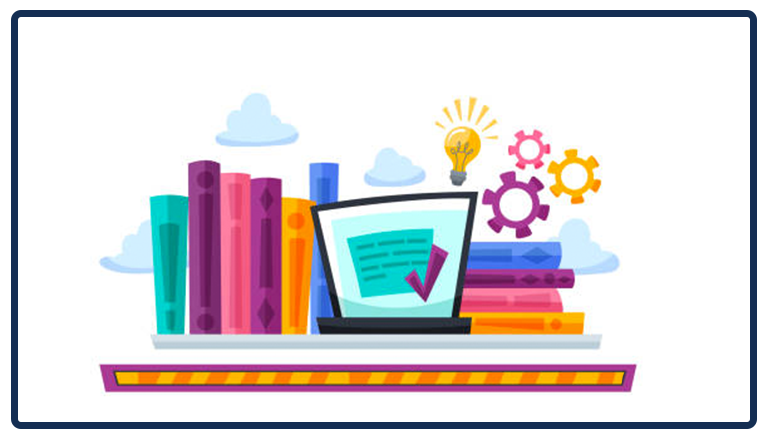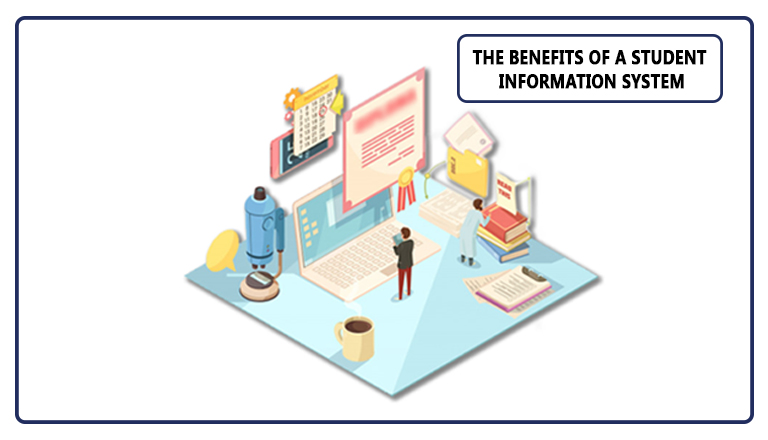With more than 1.54 billion students worldwide in K-12 and Higher Education, it is easy to imagine the level of administrative work that goes into managing the information of this massive number of students every year. In fact, although the recommended student-to-administrator ratio of an educational institution is 12:1, schools in the US alone, for example, have a student-to-administrator ratio of 230:1. Student Information Systems provide the optimal way to streamline educational administration to ensure your institution can focus on the most important aspects of student management.
Read on to find out what a Student Information System is, what the benefits are, and how it can help you manage the influx of data that comes with managing student records.
What is a Student Information System?
A Student Information System (SIS) allows you to store, manage and access all student information throughout the entire lifecycle, starting from the day a student applies to join your institution until they graduate and become alumni. Using a Student Information System is the optimal way to introduce efficiencies in processes and provide your students with a seamless and modern experience that complements rather than distracts from their student experience.

What’s the Difference Between a Student Information System (SIS) and a Learning Management System (LMS)?
It is essential, first, not to confuse a Student Information System with other education technologies an institution requires. An SIS is different from a Learning Management System (LMS) — although we commonly hear the two confused.
The SIS’s main use is to manage the information and interactions within the Student Administration lifecycle for all constituents — handling aspects such as admissions, enrollment, fees, exam boards, and a suite of online services for learners to engage with.
An LMS, on the other hand, manages the teaching and learning journey for a student through their program of study. Mainly used by academic staff and learners, it is where you’ll find course content, engage in topic discussions, submit assessments for grading, take post-class surveys, and provide course evaluations, for example.
Both an LMS and SIS provide an institution with data-based insights for decision-making. However, whilst the two systems are essential for any vocational and higher education organization, they are complementary and do not provide insights into the same decision-making areas.

What are the Benefits of a Student Information System?
A Student Information System is an investment that an institution makes, but the investment is often returned and exceeded swiftly. The ROI can be determined in a wide array of benefits, unimaginable with the use of traditional, manual processes. Here are a few of the key benefits;
1. Administrative Efficiency
According to research, academic staffs spend around 5-10% of their work time on administrative tasks. Adding to this the fact that they spend 13% of their time keeping order in classrooms, educators are stripped of up to one-fifth of their teaching time every year. Not only do educational institutions lose teaching time to administration tasks, but they also have their administrators’ time lost in tedious and laborious tasks. Time spent on administrative tasks comes at a high cost. In fact, a recent study by the University of Rome has revealed that the process of verifying diplomas costs the university more than $20,000 annually, corresponding to about 36 weeks of work.
A Student Information System significantly reduces the time spent on those tasks.
By introducing online services, workflows, and automated notifications to support administrative processes such as applications, enrollment, fee payments, and graduation, the processing and communication time for each of these tasks significantly drops. This, in turn, helps in reducing queues at Student Support counters, minimizing data entry tasks for all, and providing timely updated information — all of which are crucial at key points within the academic calendar.
2. A Smooth Student Experience
If you work in a Higher Educational Institution, you know that your students are your customers. A positive student experience provides the highest endorsement on educational institutions for peer references, which is arguably one of the most vital lead generation sources for your institution.
Not many students will enjoy the necessary administrative processes a university requires. However, by providing a personalized portal for students to engage with at their convenience 24/7, students can stay updated on their online application progress, enroll online, pay tuition fees, receive class timetables, view their grades and progress online, or even raise a request — all without attending campus! Best of all, a leading SIS doesn’t require an institution to re-enter information from scratch in each engagement, making the processes far quicker and more efficient than manual forms and disparate systems.
3. Valuable Insights for Decision Making
Like all powerful management systems, a Student Information System enables you to get more than just the job done. With a Student Information System, administrators’ work is less about handling tedious paperwork, providing more time to complete ‘value-add’ activities to improve institutional efficiency and the students’ experience. A Student Information System provides administrators and management with ample data-driven insights about students’ demographics, attendance, academic performance, payment status, engagement, etc., enabling the enhancement of institutional policies and processes to continuously improve the student experience.
4. Managing Regulatory and Mandatory Requirements
Nearly all countries have a level of regulatory requirements for institutions to provide ministries and government departments with statistical information about their student population – a task that is becoming increasingly complex year after year. A leading SIS will support many of these requirements as a standard or provide the ability to extract information via inbuilt reporting tools allowing an institution to maintain compliance for data and audits — key for maintaining reputation within the sector
5. Higher Learning Outcomes
Research shows that attendance in class is positively correlated with academic performance, explaining 11.8% of variations in academic performance. Student Information Systems, when linked with campuses’ in-class tracking systems, enable real-time attendance tracking, helping educators stay on top of the student’s attendance performance. The availability of this instant data can have a significant impact on students’ commitment and performance.
Not only does a Student Information System provide the source data required for student attendance tracking, but it also helps educators track their student’s academic performance, providing alert mechanisms to trigger early interventions and ensure students stay on track.
Do you have the right Student Information System for your Educational Institution?
If you’re interested in knowing more about how your institution can benefit from an SIS, you can check out our Student Information Systems solutions here. Alternatively, if you’re interested in exploring other academic education solutions for your institution, you can refer to our offerings here.

